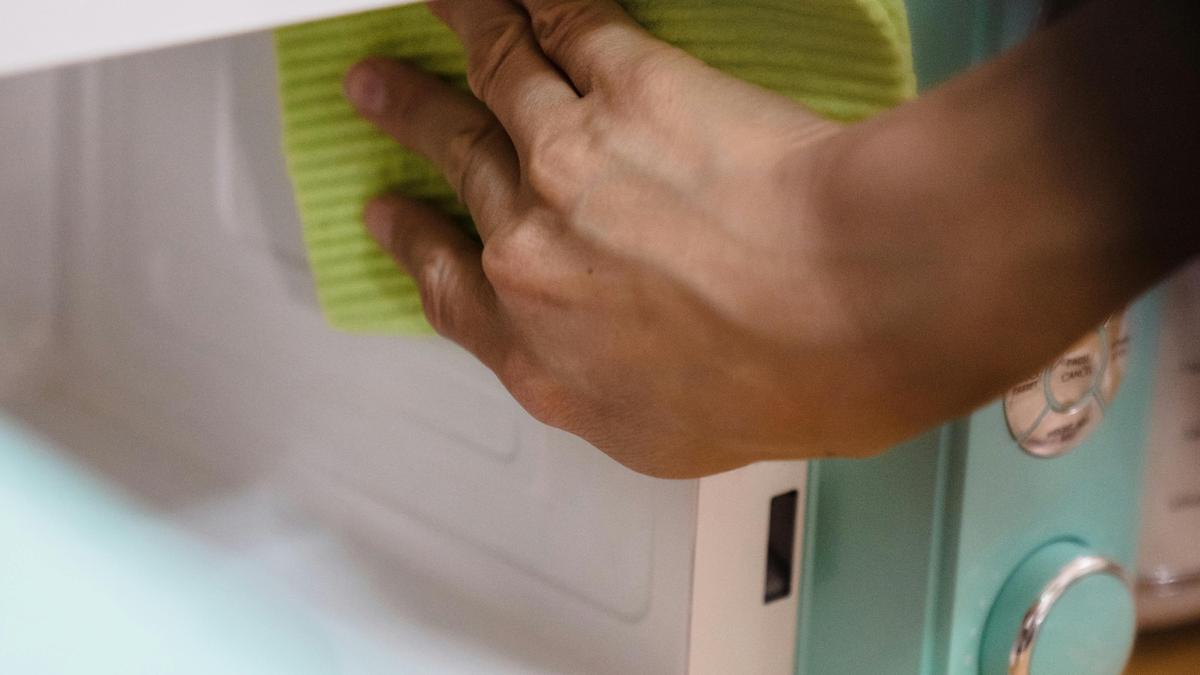(This article forms a part of the Science for All newsletter that takes the jargon out of science and puts the fun in! Subscribe now!)
If a doctor has prescribed you an ointment for chronic pain, chances are it contains a compound named “lidocaine”. Let’s take a look at how exactly this compound works in relieving pain.
Lidocaine is a local anaesthetic – it numbs the area it is applied to, preventing pain signals from reaching the brain. Local anaesthetics are usually of two kinds – esters and amides which differ in their chemical structures, metabolism, and allergic potential. Esters usually break up in the bloodstream and release a byproduct called para-aminobenzoic acid, which can cause allergic reactions in some users. Amides, on the other hand, are broken down in the liver and don’t often cause allergic reactions.
Like most local anaesthetics, lidocaine affects sodium channels located on the inner surface of neurons. Sodium channels are voltage-dependent proteins, which means they allow movement of ions through membranes, and play an important role in propagating nerve impulses. Sodium channels exist in three states: the resting state, where the channel is closed; the activated state, where the channel is open; and the inactivated state, where the channel pore is open but does not conduct ions. The uncharged form of lidocaine enters the nerve’s internal fluid and gains a positive charge by picking up hydrogen ions. This now-positively charged ion binds to sodium channels from the inside such that it is locked in an open state. In this state, the neuron cannot accept any more sodium ions, because sodium ions move along a concentration gradient and already exist as positive ions in the human body. Neurons require sodium ions to depolarize and send pain signals to the brain.
Lidocaine is a weak base with a dissociation constant (pKa) of 7.7, and can easily switch between uncharged and charged forms. The uncharged form can easily move through neural membranes, and the charged form blocks sodium channels, preventing pain signals from reaching the brain. Standard human body pH is fixed at 7.4, and at this level, around 25% of lidocaine molecules are neutrally charged, which means they can quickly act to relieve pain compared to other local anaesthetics with a higher pKa.
From the Science pages
Flora and fauna
Published – October 02, 2024 05:09 pm IST









